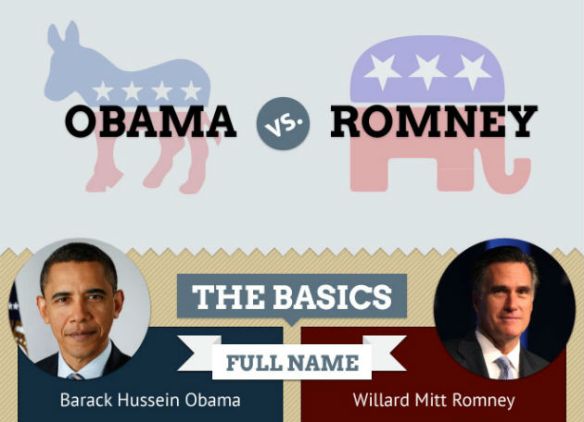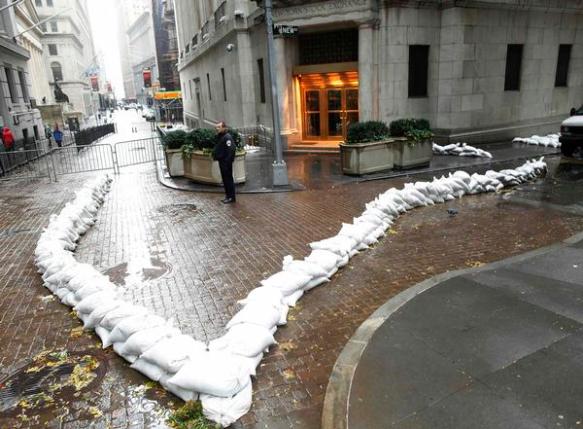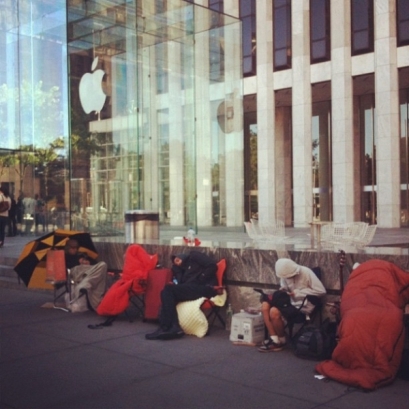Markets around the world stayed quiet and reluctant to make a move until the mid-term elections results are out tomorrow. I have been doing some research to see whether political parties affect the markets, particularly the equity markets. There are a numerous of academic research on the topic, analysing which political party does better with the market, but these studies are bound to fail. These academic researches claim that a particular party is better for the market however their findings has its statistical bias, it also ignores the vast differences and underlying nature of specific policies. What we need to evaluate is not the political ideology but the policies of both candidates and how the polices they impose will affect the US economy.
One indicator to see who the market favours is who Wall Street bets on. This time around they donatate to Rommey for this election, the money would benefit his anti-Obama adverts, particualy in the swing states. Wall Street has previously supported Obama in 2008 but now they started to place their bets on Romney’s campaign as he seems to favour more deregulation and tax cuts for Corporate America. One of the main concern for the finance industry is the Dodd-Frank Act, which the governor promised to repeal on day one if he is sworn in. He promises to replace it with a more “sensible” financial reform so banks can spend less resources on complying regulations and carry out more profitable but riskier investments. Romney also wants to make the Bush-era tax cut stay in place whereas, Obama would like to put up taxes for the top bracket who will see their income tax go up by 3% to 38%, their capital gains tax increase by 5% to 20% and their dividends tax rate go to their personal tax rate. Taxing will also carry interest at normal tax rates and this causes concerns with hedge funds and private equity. You can begin to see why Wall Street likes this guy.
Do not think that Obama is anti business, he may not be as attractive to the markets in the short run but at least market participants know what they can expect from Obama and this eliminates political risk. Obama is all about getting the country back on track, taxing the rich to generate a revenue to simulate growth but the revenue is handing back to corporations and also giving them a tax cut of 7% to 28%. He also wants to bring manufacturing back to the States and help them by capping manufacturing tax rates to 25%. These cuts will not go unpunished, it will mean a decrease in government revenue but in the hopes of these cuts, they will generate enough growth and jobs to break-even.
Obama communicate his plans a lot better than Romney does, Obama provides definitive answers and does not refuse in-depth discussion, where the Governor does. Romney do promise some enticing polices but how realistic are they? For example, he may repel the Dodd-Frank but what will he put in place? This is left unanswered. He wants to keep the tax cuts, balance the budget and carry on full military spending, this is deemed wishful. Financial backing from Wall Street does help a candidate to sway voters but Romney does not really appeal to the masses. What will lose him this election is his relationship with the finance industry and his fat cat image that came with it, no matter how hard he will try to rinse that image the public knows his background. I have even hear the media calling him, Mitt “Money Bag” Romney.
In my opinion, Obama will win the elections because I do not feel the American public is ready for a president who is going to heavily favour Wall Street and deregulation, which is what caused the economic downturn in the first place. Obama’s plans may seem to be hard on big businesses on the surface but it is actually benefiting the economy and restoring balance to the deficit. It is common knowledge that all politicians lie but at least Obama’s goals are more realistic than that of Romney’s.








